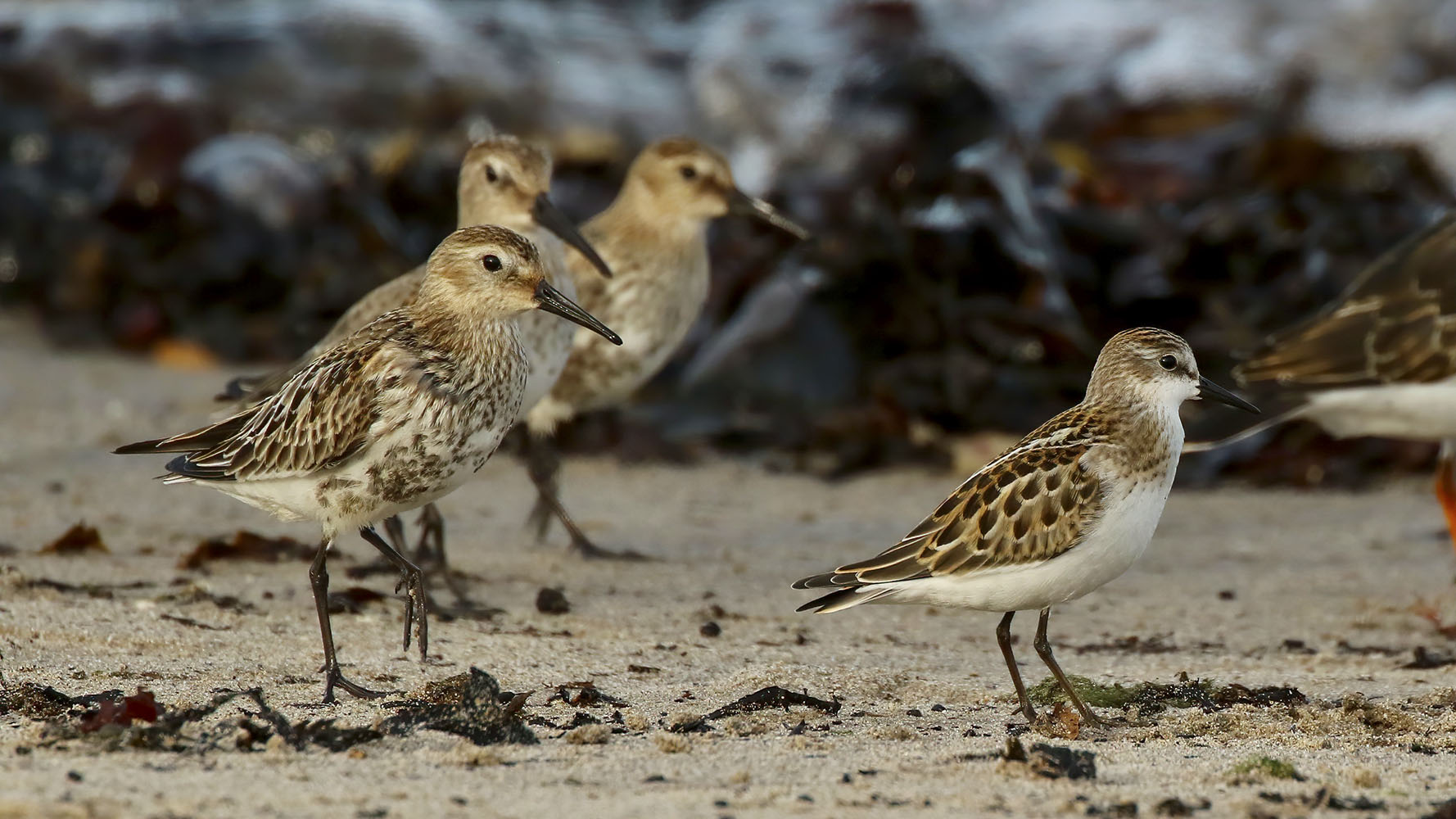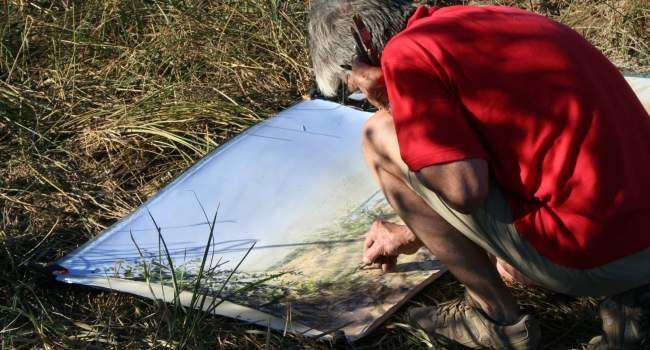
Migration blog (17th - 23rd September)
Be the first to commentMany of our summer visitors will be well on their way by now with Swallow, Willow Warbler, and Swift sightings rapidly falling in the last couple of weeks. Whilst some species such as House Martin will be around for a bit longer, over the next week these too will depart en masse before the cooler conditions of autumn really start to take affect.
Over the last week, there was a steady movement of both departing summer migrants, passage migrants, and arriving winter visitors. Willow Warbler reports fell away last week, as would be expected for the time of year – this species migrates earlier than Chiffchaff with most birds gone by late September. Chiffchaff reports, on the other hand, increased slightly, again as would be expected with a late autumn increase in reports as birds from across Scandinavia make their way south. Some may even stay to winter across Britain and Ireland. It was a good week for Pied Flycatcher, Wheatear, Whinchat, and Wryneck with above average reports for all 4 species delighting many a patch bird watcher. These sightings weren’t just confined to the coastal hotspots of the east coast; several Pied Flycatcher and especially Whinchat were seen at inland locations as birds filtered through the country.
Seabird reports dropped off as the northerly wind responsible for the increased reports of species such as Sooty Shearwater and Skuas switched to more of a westerly direction.
The past week did see the arrival of the first Pink-footed Geese and Light-bellied Brent Geese, the coming weeks will see more arriving from Iceland in the case of Pink-footed Goose and Greenland where Light-bellied Brent Geese breed. Red-throated Diver reports continued to increase as birds pushed south to their wintering areas. Some of these areas can attract large numbers during the winter.
Little Stint saw a huge jump in reporting rates as mainly juvenile birds were seen widely across Britain and Ireland – could this be an indication of a productive breeding season?

Species Focus — Dotterel
Role reversal during the breeding season of the male and female Dotterel is well known but much less is known about their movements. Britain represents the most westerly breeding location in the Dotterel’s vast range that extends across most of the Palearctic and into Alaska.
Autumn migration begins in late July and continues through August and into September. At this time birds from several breeding sites can congregate in pre-migration gatherings on high plateaux. For Scottish birds the wintering location is Morocco. Two autumn ringing recoveries, one from Spain and one from Algeria may have been birds in winter locations or birds that hadn’t finished their journey.
Autumn encounters with Dotterel in Britain are few and mainly involve single young birds, which suggest Scottish birds may well migrate to their Moroccan wintering grounds in a single flight. Once in Morocco Dotterel move south and the winter progresses, possibly following food availability.
It is estimated that just over 400 pairs breed in Britain, derived from the number of males that are present in the summer months.
Easterly winds will spread southwards and extend across much of Britain and Ireland and could lead to some very interesting birds turning up

If you are a regular reader of the migration blog you will be familiar with how important wind direction, strength and the timing of rain is with the types of species that will be present as a result of combinations of these elements. As with all forecasts, these are subject to change but the early part of the weekend looks like it could produce a case of east meets west with wind and rain hitting western parts, Ireland and southwestern Britain in particular. These winds originate straight from North America and Canada and could result in a mix of waders and American passerines making landfall this side of the Atlantic. The most likely waders are Wilson’s Phalarope, Baird’s, Semipalmated, Buff-breasted, and Pectoral Sandpipers, whilst passerines could include Yellow Warbler, Red-eyed Vireo, or Blackpoll Warbler. Eastern parts of Britain look set to have easterly winds originating from western Russia and further east. These winds could produce a whole host of passage migrants from Europe as well as a few scarce and rare species. The most likely arrivals will be species similar to those that have been passing through already such as Pied Flycatcher, Redstart, Blackcap, and Lesser Whitethroats but could produce more Red-backed Shrikes, Red-breasted Flycatchers, Icterine, Barred, and Arctic Warblers, as well as rarities such as Lanceolated, Paddyfield, and Booted Warbler, with the Northern Isles of Scotland, Orkney and Shetland, in particular, looking best placed to see these. Next week could also see the first flush of that birders favourite the Yellow-browed Warbler. The first was reported in Norfolk last week and with fabled south-easterlies forecast for Shetland, it is almost 100% certain that some will arrive.
By the early part of next week, the easterly winds will have spread southwards and will extend across much of Britain and Ireland. This will continue for much of the week and could lead to some very interesting birds turning up amongst the aforementioned species.







Share this page